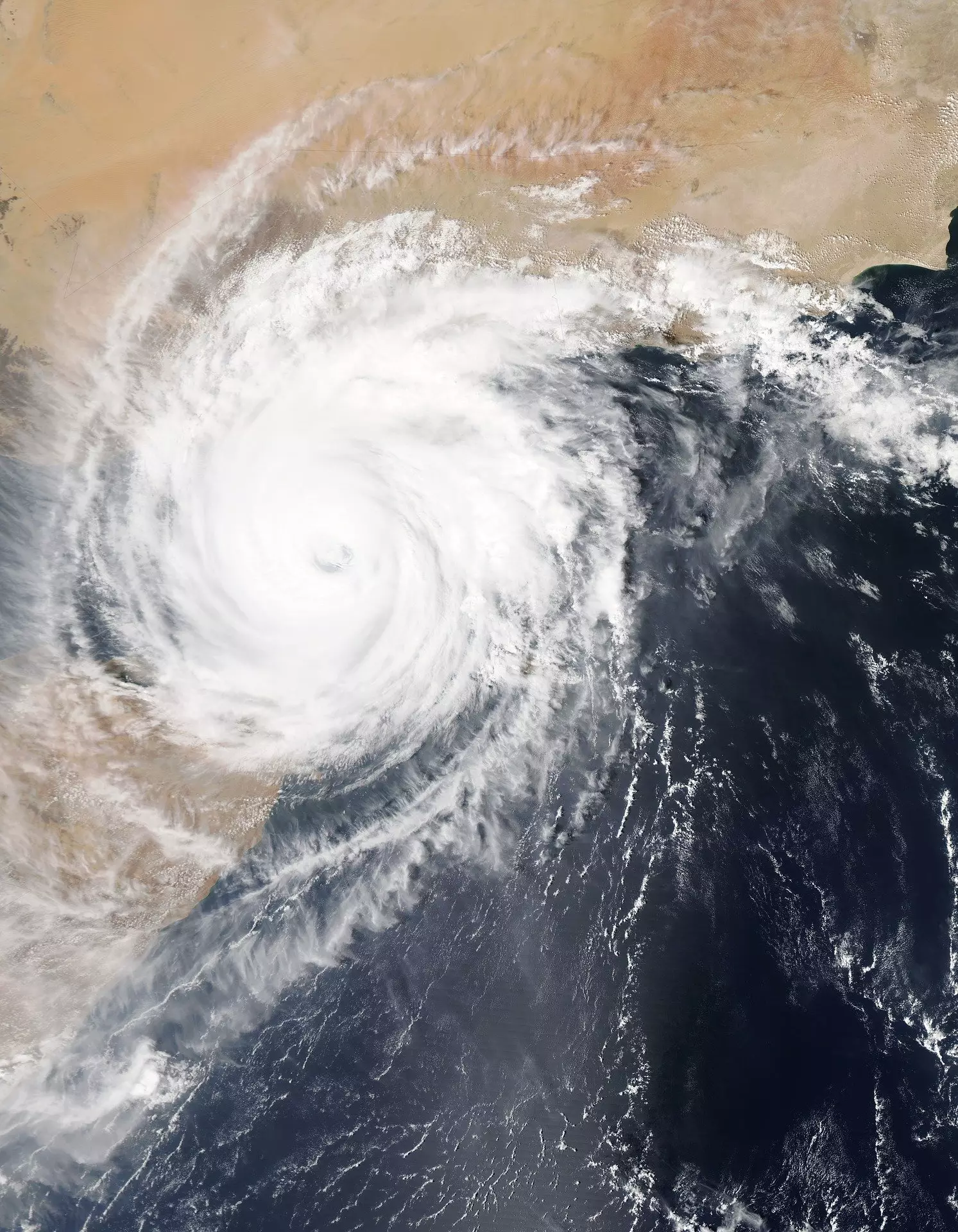The timing of tropical cyclone prediction plays a crucial role in the preparedness of communities facing these devastating storms. Traditionally, forecasts have only been able to provide up to a five-day window for preparation. However, a recent study published in the Journal of Geophysical Research has introduced a new method that could potentially extend this warning time to an impressive two weeks.
The researchers behind this groundbreaking study developed a hybrid model that combines the strengths of two distinct forecasting methods. The first component is the Weather Research and Forecasting (WRF) Model, which offers high resolution and detailed simulations of tropical cyclone development. On the other hand, the researchers incorporated a machine learning model known as Pangu-Weather (Pangu) to account for large-scale circulation patterns and storm path predictions.
While the WRF Model excels in capturing the intricate processes within a tropical cyclone, it struggles to accurately predict storm intensity due to dynamic environmental factors. Conversely, the Pangu model is proficient in forecasting storm paths but lacks the resolution to capture smaller-scale variations within developing storms. By combining these two approaches, the researchers aimed to overcome these individual limitations and produce more accurate and comprehensive forecasts.
To validate their hybrid model, the researchers conducted a series of experiments over a two-week period. They utilized data from the record-breaking tropical cyclone Freddy as a case study. The results were promising, showing a significant improvement in both the tracking and intensity forecasts compared to using either modeling method in isolation. Notably, the hybrid approach extended the accuracy of predictions from five to seven days, demonstrating its potential for enhancing early warning systems.
The success of this study opens up new possibilities for tropical cyclone forecasting. With further testing and refinement, the researchers believe that their hybrid approach could potentially extend warning times beyond two weeks. This advancement has the potential to empower at-risk communities with more time to prepare and respond to major storms, ultimately enhancing their resilience in the face of natural disasters.


Leave a Reply